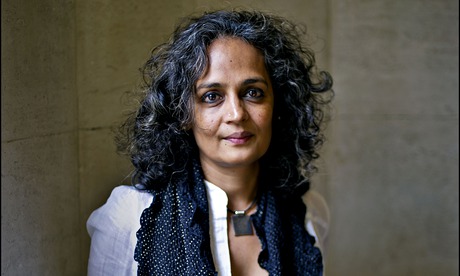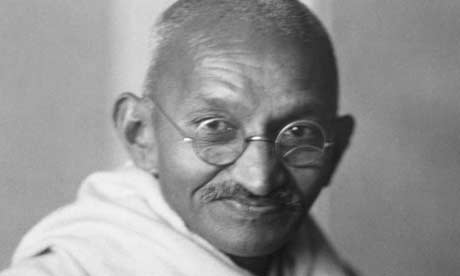
My 2x great-grandparents Nathaniel Searing and Louisa Caroline Martin were pioneers who cleared the land and built a log cabin in Lyons, Michigan in 1840. They were descended from English Puritan Colonial settlers in New England. At least two of my ancestors are recognized by the Sons and Daughters of the American Revolutions. Other members of my family who were Quakers proudly refused to take part in the Revolutionary War.
My great-grandfather James Augustus married a woman of German descent, his daughter Lena Marie married a Swede, and my mother married a man who was German, Irish, and Scottish. As the descendants of Nathaniel Searing and Louisa Caroline Martin moved around the United States and married into the families of newer immigrants, the succeeding generations also lost touch with their history. Our family’s connections to the New England Colonists were not even mentioned at Thanksgiving!
I would wager that few of the descendants of Nathaniel and Louisa Caroline were told they had ancestors in the Colonies. I read my great-uncle Emery’s history of the Searing branch of our family’s colonial ancestors as a child, but the import of his findings was not made clear to me. No one ever said, “This means you are related to the original New England Colonists.”

When I moved back East and studied at Yale in New Haven, I took an annual drive with a friend to Litchfield (where some of my ancestors had lived) when the fall leaves were in color, visited Hempstead, Long Island (where some of my ancestors settled the Hempstead Colony) to visit my father’s relatives who lived there, and lived in Oyster Bay, Long Island (which other ancestors settled) for two summers as a research assistant; during all of those times, the idea that parts of my family’s history were to be found in those very places never even crossed my mind.
My journey into my Colonial past has helped me to understand that I have deep roots in the early history of America, in both the good and the evil that was done. I take strength from the courage and spirit of ancestors who came to the Colonies to escape religious persecution and to make better lives for themselves and their children. I admire their serious commitment to the ideas they held dear, as this is a character trait I have inherited from them. I am proud that some of my ancestors rejected the negative aspects of Puritanism, including rule by the clergy, intolerance, and the doctrine of predestination.
I am happy to claim my Quaker heritage (which I am only now learning about), as I too oppose war and slavery and affirm women’s rights. Like the Quakers, I believe that each of us has an “inner light.” I stand in awe of pioneers who cleared forests, built homes, and ploughed fields with their own hands—and in even more awe of the women who did all of that while bearing and raising large numbers of children.
When I began the journey to find my New England Colonial heritage, I naively hoped that my ancestors’ relationships with the Indians were positive. I took heart when I read that the founders of the Hempstead Colony “purchased” their land from the Indians. But as I dug further into the history of the Hempstead Colony, I found evidence of the violence that (to be truthful I already knew) accompanied the “claiming” and “seizing” of lands that were inhabited by other human beings. And then I discovered the even more violent history of the Indian Wars in Massachusetts and Connecticut—stories that made me wish this “history” was not mine.
I did not expect to discover that
Quaker members of my family held slaves in New York. Though I acknowledge and fight against the racism that has structured American life, I had assumed that the beginning of this story was in “the South.” Nor would I ever have imagined that I might be related to some of the English Pershall/Pearsall shipowners who were “architects” of the “slave triangle” by means of which slaves from Africa were brought to America, while sugar, cotton, and tobacco were carried back to in England.
What does the knowledge that “my ancestors” traded and held slaves and killed Indians in order to take their land mean to me? It means that I can no longer view myself as innocent in relation to great struggles that are not over: the struggle of the Native Americans to reclaim their dignity and to find new ways to flourish in the land they now must share with others; and the struggle of former slaves to overcome the racism that has structured their lives and limited their opportunities in the country they helped to build.
I think both groups deserve an apologies and for past wrongs and ongoing harm, and reparations in the form of opportunities (for example, grants for for education, training, and home and small business ownership, as well as grants to groups) that will enable them to take their rightful places within the larger American community.
In the course of this journey I read Howard Zinn’s
A People’s History of the United States and watched his lecture on
Three Holy Wars on YouTube. Although I have opposed war all of my adult life, I had never asked whether or not the Revolutionary War had to be fought. Yet, as Zinn said, “We could have been Canadians.” Had we been Canadians, we might not feel we need to “fight” with soldiers, armies, and weapons in order to achieve “freedom” in our own country or and around the world.
After pondering Zinn’s argument deeply, I was pleased to find that most of the Quakers held firm to their principles and refused to take part in the Revolutionary War. I agree with them that the harm that is created by war is greater than any good that can ever come of it. I would be prouder to claim myself as a “Daughter of the Resistance to the American Revolution” if such a group existed, than to claim the membership in the Daughters of the American Revolution which is also my right.
Recently a series of platitudes about the American Revolution spoken by Chris Matthews have been appearing on my screen when I watch MSNBC news programs. Matthews assumes that the notion that “all men are created equal” is worth “fighting for.” But is it? One of the legacies of the American Revolution is the so-called “right to bear arms” enshrined in the second amendment to the Constitution that is troubling America today. Another is the notion that as the inheritors of the Revolution, Americans are authorized and required to “fight for freedom” around the world. But are we? And should we? Or were the Quakers right that war can never have a “good” outcome?
We must acknowledge all of our history—the parts we like and the parts we don’t. To do anything else is to tell a false story. But then we can decide which strands of our history we wish to affirm, which we wish to reject, and which we can still try to heal or repair.
We remember some parts of our ancestors’ stories for the strength and grounding the knowledge of their stories can give us. But with knowledge, there is also responsibility. We cannot change history, but we try to change the world we have inherited.
By Carol P. Christ, shared with permission from the author. Originally published on
feminismandreligion.comCarol is looking forward to the fall
Goddess Pilgrimage to Crete–$150 discount for the next two women to sign up for the fall 2014 tour–www.goddessariadne.org. Carol can be heard in a recent interviews on
Voices of the Sacred Feminine,
Goddess Alive Radio, and
Voices of Women. Carol is a founding voice in feminism and religion and Goddess spirituality. Her books include
She Who Changes and
Rebirth of the Goddess and with Judith Plaskow, the widely-used anthologies
Womanspirit Rising and
Weaving the Visions. Follow Carol on
GoddessCrete on Twitter.























